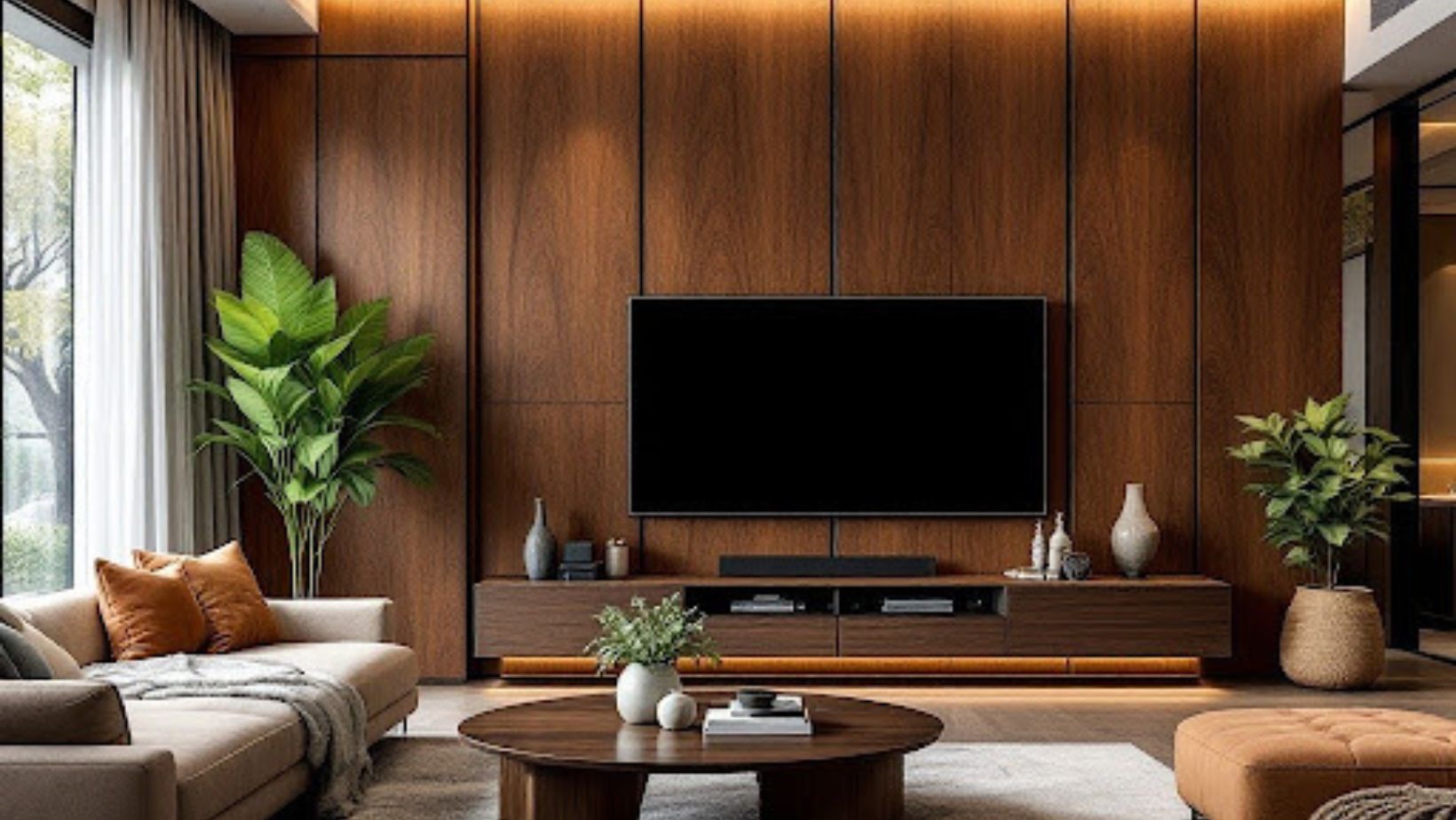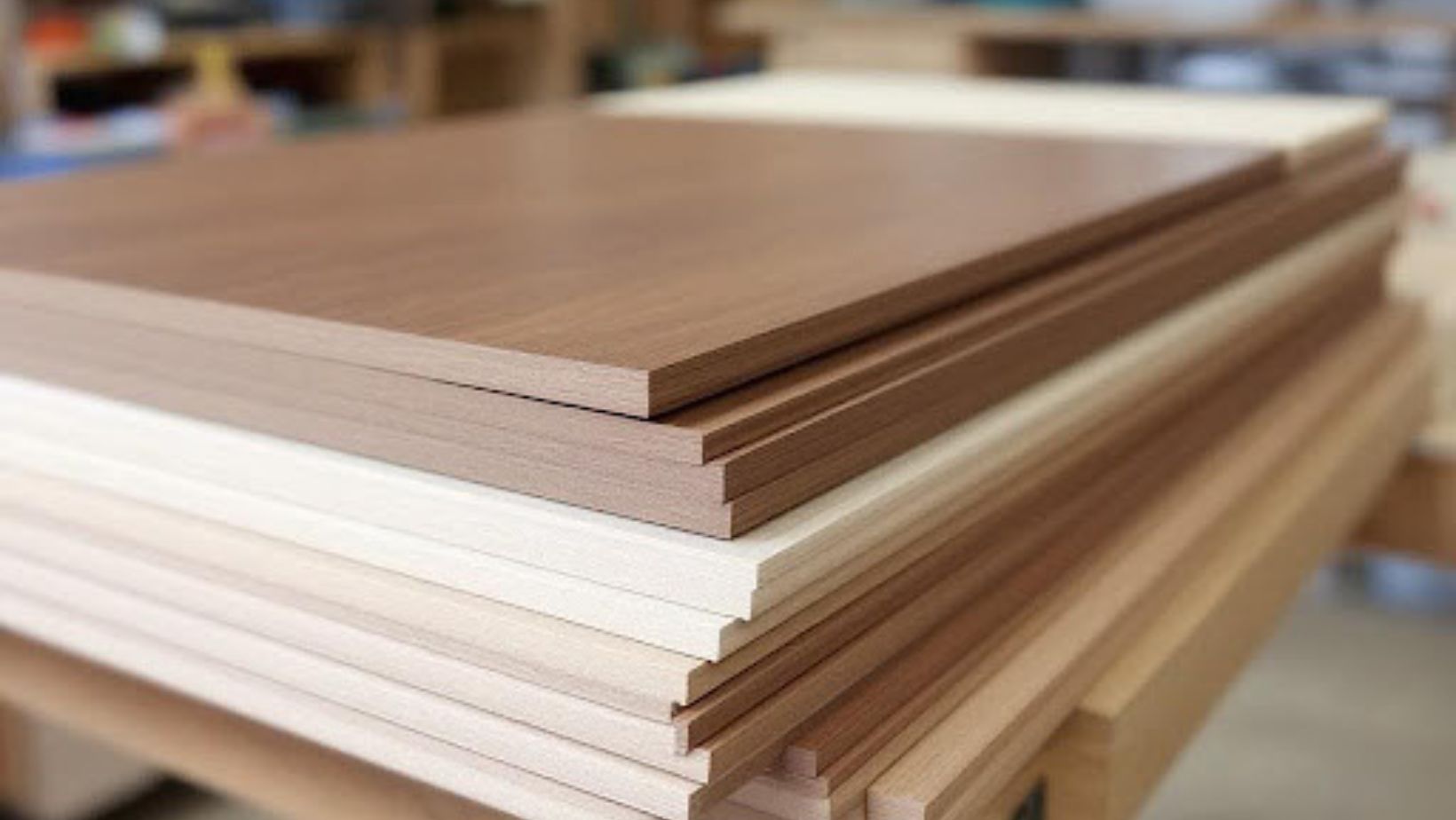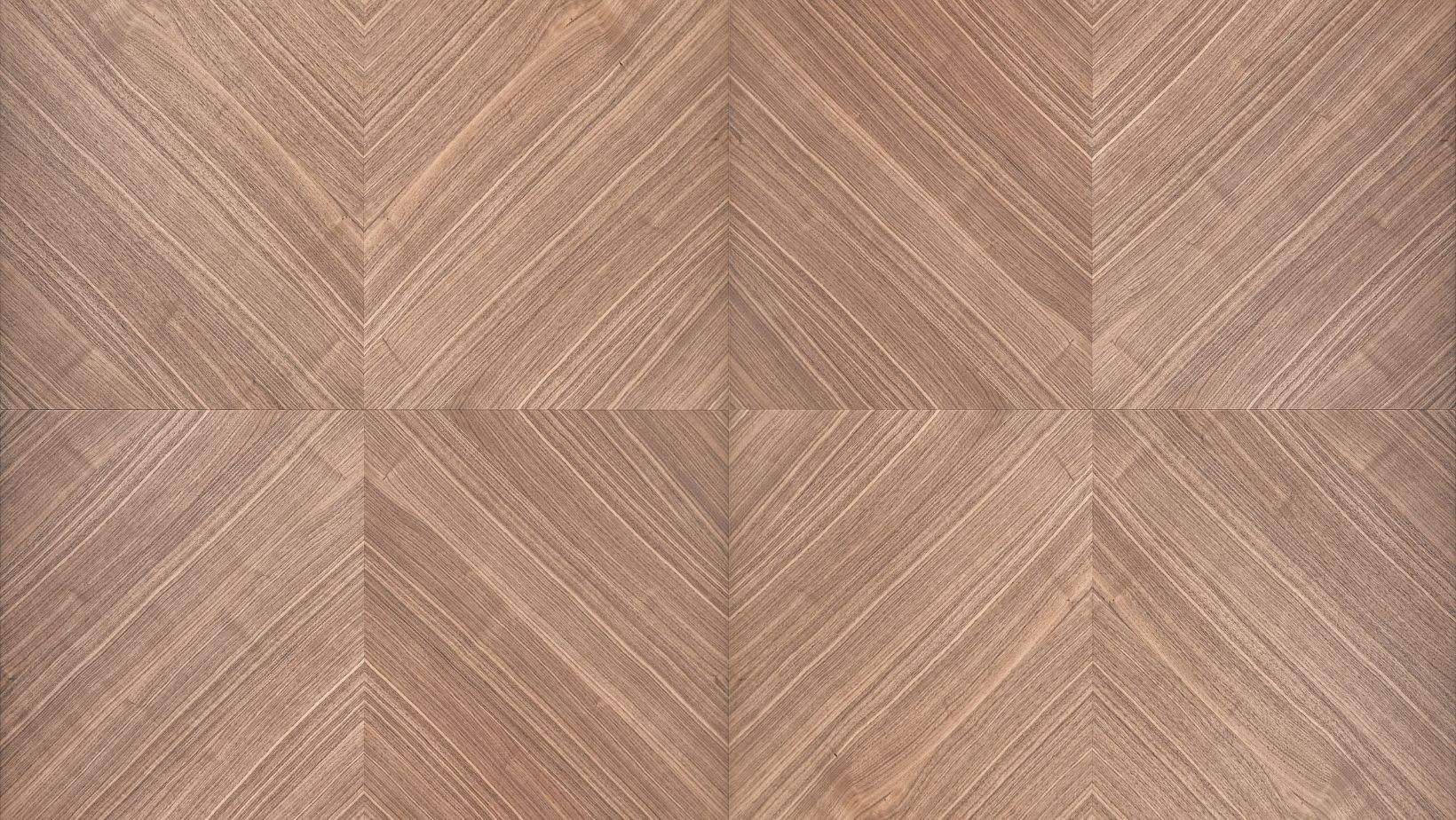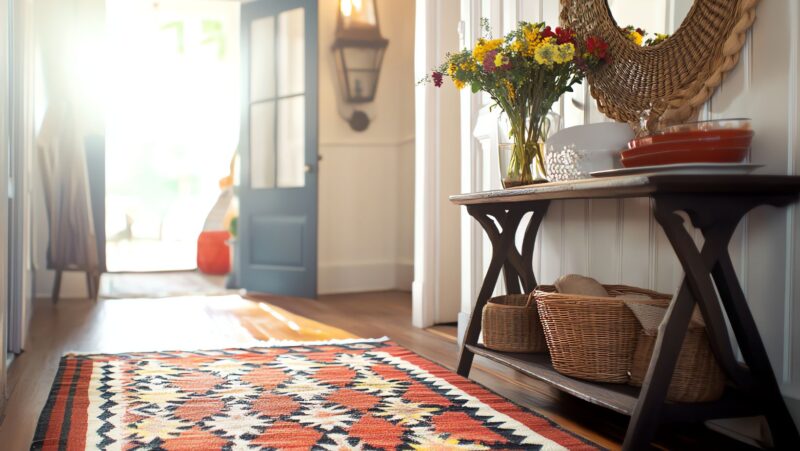Wood veneers have become increasingly popular in the furniture and interior design industries, offering a perfect blend of beauty and functionality. Among these, walnut veneer stands out due to its rich color, durability, and versatility. Whether used in cabinetry, furniture making, or decorative wall paneling, walnut veneer provides a luxurious appeal without the high cost of solid wood.
Walnut veneer is an environmentally friendly alternative to solid wood, offering a way to achieve the same aesthetic without excessive deforestation. Additionally, it provides consistency in grain and texture, allowing designers and manufacturers to create cohesive and visually appealing furniture pieces. Its adaptability across various design styles—from contemporary to traditional—makes it a go-to material for architects, designers, and craftsmen. For those looking for high-quality walnut veneer options, WoodenAve walnut veneer sheets provide excellent choices for various applications.
This article explores what walnut veneer is, its types, benefits, applications, and how to care for it, helping you make an informed decision for your woodworking and design needs.
Table of Contents
ToggleWhat is Walnut Veneer?
Walnut veneer is a thin slice of natural walnut wood that is bonded onto a core panel, such as plywood, MDF (Medium-Density Fiberboard), or particleboard. It is obtained through a precise slicing process that maximizes the use of timber, reducing waste while maintaining the luxurious look of solid walnut wood.
The veneer retains the natural grain, patterns, and warmth of walnut wood, making it a preferred choice for furniture, cabinetry, and decorative surfaces.
Types of Walnut Veneer
There are several types of walnut veneer, each offering unique characteristics:
- Plain Sliced Walnut Veneer: The most common type, offering a straight, wavy grain that mimics the look of solid walnut.
- Quarter Sliced Walnut Veneer: Features a more uniform, straight grain with a subtle texture.
- Rotary Cut Walnut Veneer: Created by peeling the log in a rotary motion, producing a broad, more pronounced grain pattern.
- Walnut Burl Veneer: Obtained from the knotted roots of the walnut tree, this veneer has a distinctive swirling grain, ideal for decorative applications.
- Figured Walnut Veneer: Features unique wave-like or curly grain patterns, often used in high-end furniture.
Benefits of Walnut Veneer
1. Aesthetic Appeal
Walnut veneer offers a luxurious and natural wood appearance, making it a sought-after material for high-end interiors. Its rich brown tones, often with unique grain patterns, enhance the beauty of furniture and architectural elements. Whether used in modern or classic designs, it brings warmth and sophistication to any space.
2. Cost-Effective
Compared to solid walnut wood, walnut veneer is a more affordable option while still providing the same high-end look. By using a veneer rather than solid wood, manufacturers can reduce costs without sacrificing visual appeal. This makes it an excellent choice for large-scale projects where budget considerations are essential.
3. Sustainability
Since walnut veneer is sliced into thin sheets rather than carved into solid pieces, it maximizes the use of wood and minimizes waste. This helps reduce the demand for extensive logging, contributing to environmental conservation efforts. Sustainable sourcing of walnut veneer supports eco-friendly practices in furniture and interior design industries.
4. Versatility
Walnut veneer is widely used across various applications, including furniture, cabinetry, wall paneling, and decorative accents. Its compatibility with different substrates and finishes makes it suitable for both residential and commercial interiors. It also blends well with different styles, whether contemporary, rustic, or traditional.
5. Durability
When properly finished and maintained, walnut veneer is highly durable, resisting scratches and wear over time. Protective coatings such as lacquer or polyurethane can further enhance its longevity. As a result, it remains a popular choice for furniture and surfaces that experience regular use.
Applications of Walnut Veneer
1. Furniture Making
Walnut veneer is extensively used in crafting tables, cabinets, and wardrobes, providing a premium wood finish without the weight and cost of solid wood. It adds sophistication to both traditional and contemporary furniture designs.
2. Wall Paneling and Interiors
Often seen in luxury homes, offices, and hotels, walnut veneer wall paneling adds warmth and elegance to interior spaces. Its rich textures and hues enhance the ambiance of any room.
3. Cabinetry and Kitchen Design
Popular in high-end kitchens, walnut veneer enhances cabinetry and countertops with its refined aesthetic. It delivers a sophisticated look while ensuring durability and easy maintenance.
4. Doors and Architectural Features
Used in premium door designs, walnut veneer complements both modern and classic architectural styles. Its elegant appearance makes it a preferred choice for residential and commercial door applications.
5. Musical Instruments and Decorative Objects
Walnut veneer is frequently used in musical instrument production, such as pianos and guitars, due to its rich visual appeal. Additionally, it is applied to decorative boxes and art pieces, adding a touch of sophistication.
How to Maintain Walnut Veneer
- Regular Dusting – Use a soft cloth to remove dust and prevent buildup.
- Avoid Excess Moisture – Wipe spills immediately to prevent water damage.
- Use Gentle Cleaners – Avoid harsh chemicals that may damage the veneer finish.
- Protect from Sunlight – Prolonged exposure to direct sunlight may cause fading.
- Apply Protective Coating – Consider using wood polish or sealants to extend durability.
Conclusion
Walnut veneer is an excellent alternative to solid wood, offering beauty, affordability, and sustainability. Its various types, rich aesthetics, and wide range of applications make it a favorite choice for designers, architects, and homeowners. Whether you are renovating a space, designing furniture, or adding elegance to interiors, walnut veneer is a versatile and stylish option.
Beyond its aesthetic appeal, walnut veneer offers numerous practical advantages, including cost savings and sustainability. It enables manufacturers to create high-quality products while minimizing waste and supporting eco-friendly production methods. With proper maintenance, walnut veneer remains a durable and attractive material for years to come.
By understanding its properties and care requirements, you can ensure the longevity and appeal of walnut veneer in your projects. If you are considering a refined, natural wood look without the heavy costs, walnut veneer is the perfect choice!






